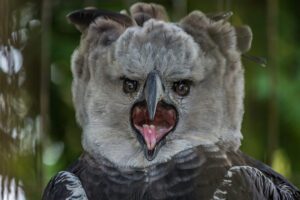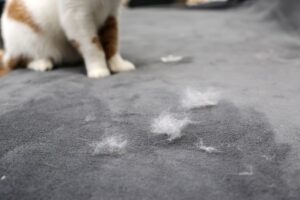We have to recognize that the animal kingdom is full of amazing animals with surprising features. Not only do they have interesting personality traits and physical superpowers, but they are also very intelligent. Hence, there are animals so smart that they have created their own hacks to make their lives easier.
Just like humans, animals need to somehow improve their quality of life and survive, and this requires effort, animal instinct, and intelligence. Unfortunately, they don’t have some technology to help them with their daily activities, unlike humans, so they have to figure out their own hacks.
For example, if we can take advantage of submarines or scuba gear to explore the ocean, crocodiles have another solution for it, namely: swallowing a few stones. That being said, here are some animals that have discovered their own life hacks! Read on to find out more info!
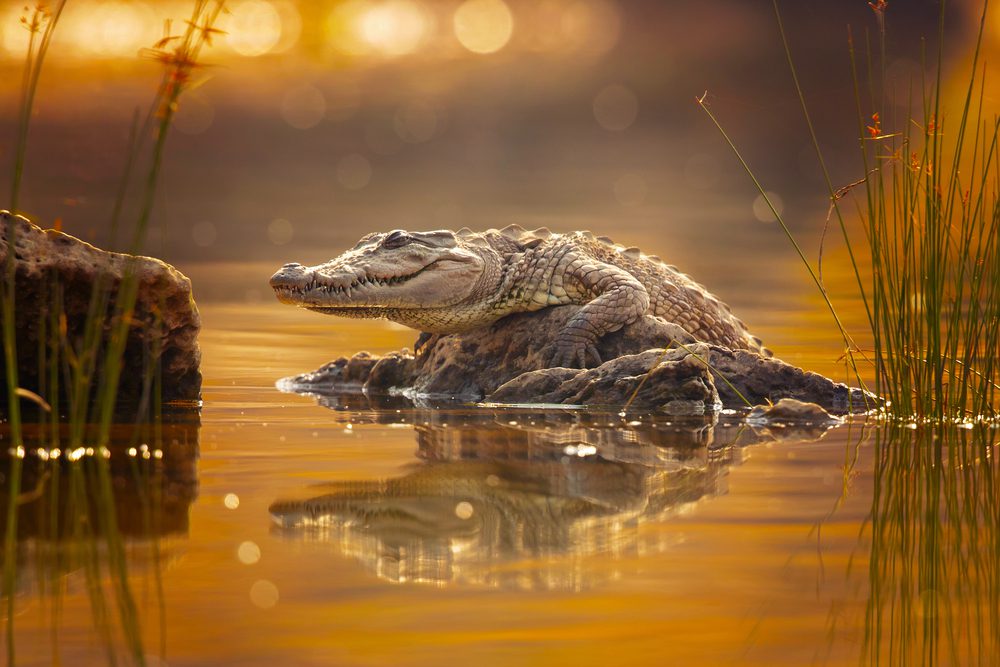
Crocodiles
- Life hack: swallowing stones to dive
Crocodiles are large semiaquatic reptiles that can be found in Africa, Asia, the Americas and Australia. Even though they look similar, the reality is that crocodiles, alligators and the gharial belong to separate biological families. The gharial can be easily distinguished due to the narrow snout, however, spotting the differences between crocodiles and alligators is more difficult, unless you are an animal expert.
In addition, all crocodiles are semiaquatic and carnivorous, feeding mostly on vertebrates such as fish, reptiles, birds and mammals, and sometimes on invertebrates such as mollusks and crustaceans.
So, sometimes these animals have to dive into the depths of the ocean to get their food, and because they obviously can’t access a submarine, they can only become one by swallowing some stones. This way they can increase their body weight, as well as their chances of catching bigger meals. These stones are called gastroliths or stomach stones, which line up in their stomach or help in crushing food.
Rhinoceros
- Life hack: using oxpeckers instead of brushes
Rhinos are members of any of the five extant species of odd-toed ungulates in the family Rhinocerotidae. Rhinos have a herbivorous diet, small brains, one or two horns and a thick protective skin. Unfortunately, they are usually killed by some people for their horns, being sold on the black market.
Speaking of this animal’s skin, they obviously can’t groom themselves or use brushes or take shower. However, they have another efficient method to get rid of ticks. Yet, they take advantage of the oxpeckers, because they need ticks to complete their diet.
Ticks can cause severe skin problems in animals. The oxpeckers are two species of bird that usually perch on large mammals, including rhinos. They feed on ticks, small insects, botfly larvae, and other parasites.
Moreover, oxpeckers announce rhinos when they can’t see the predators by emitting a distress call. Well, they don’t want to lose their source of food, right? In fact, it’s a win-win situation, as rhinos get rid of ticks and oxpeckers can find food easily.
Stick insects
- Life hack: females can give birth without the need for a male
Stick insects are generally referred to as phasmatodeans or ghost insects. Their natural ability to camouflage makes them difficult for predators to detect. These insects are herbivorous and have a hemimetabolous life cycle with three stages, namely eggs, nymph and adult.
However, many females that are well fed don’t need a male to give birth. This phenomenon is known as parthenogenic, in which females don’t require fertilized eggs to reproduce. In temperate regions, the females lay eggs in the autumn before dying and the new generation hatches in the spring.
According to experts, this phenomenon is very complex and interesting, so they are still analyzing this process in their labs, hoping that one day, they will be able to apply it to humans as well.
Nevertheless, these female insects don’t want to mate at all, and in this sense, they spray an anti-aphrodisiac substance when they see a male in order to drive them away.
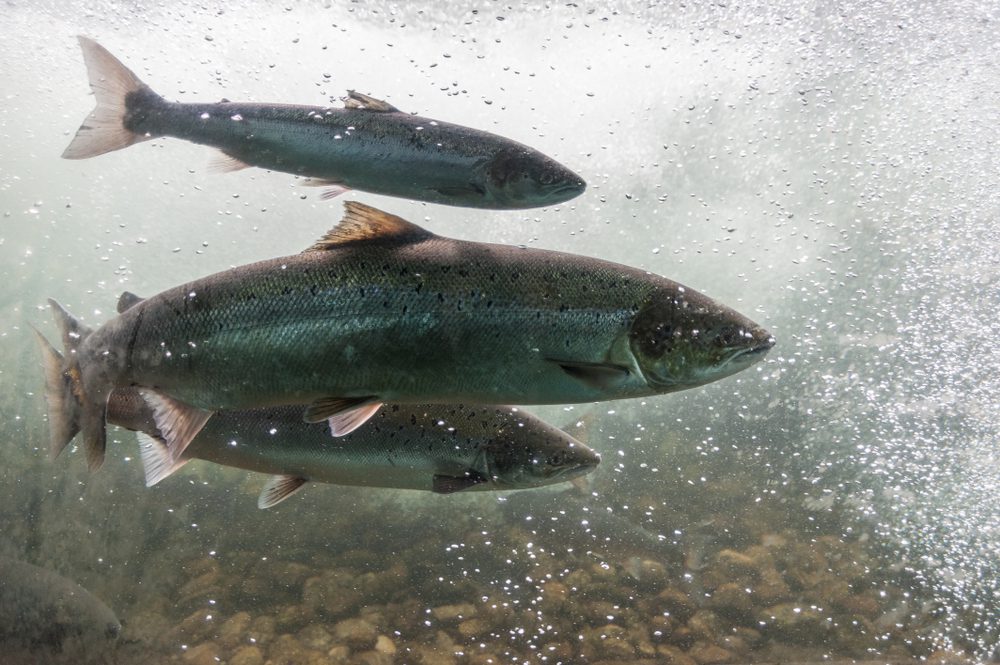
Salmon
- Life hack: they have the ability to detect fresh water and salt water
Salmon is a term used to describe several species of ray-finned fish in the family Salmonidae. As you probably already know, they are excessively farmed in many parts of the world. So, salmon are anadromous, which means that they migrate from the sea up into fresh water to spawn. In other words, salmon hatch in fresh water, migrate to the ocean and then return to fresh water to reproduce.
Therefore, salmon have an ‘internal GPS’ that allows them to detect variations in the Earth’s magnetic field, allowing them to navigate from fresh water to salt water. According to animal experts, this type of fish can also use its sense of smell to navigate.
Black swallower
- Life hack: they have the ability to swallow fish larger than themselves
The black swallower, also known as Chiasmodon niger, is a species of deep sea fish in the family Chiasmodontidae. This is the most common fish species in the North Atlantic. What makes them special is their ability to eat fish larger than themselves.
They are actually small fish, with a maximum length of 25 cm (9.8 in), but with a large mouth and stomach. Their diet consists of bony fish, which are swallowed whole. According to animal experts, the black swallower has the ability to swallow prey over twice its length and ten times its mass.
Many years ago, researchers found a dead black swallower with a snake mackerel in its stomach four and a half times its own length.
Plumed basilisk
- Life hack: they are able to run short distances across the water using both their feet and tail for support
The plumed basilisk (Basiliscus plumifrons) is also known as the Jesus Christ lizard because they can actually run on water, using their toes to cross their bodies of water. They are related to iguanas and spend most of their time in trees. When they see a predator, such as a snake or bird, they drop into the water and run across its surface.
The plumed basilisk is omnivorous and eats insects, spiders, small mammals, small birds, fish, crustaceans, amphibians, fruits, seeds and leaves. Their ability to run on water is beneficial even when they want to hunt prey, such as insects and fish. However, when gravity occurs, these lizards simply swim, because they are also excellent swimmers.
By the way, if you’re a big fan of this adorable lizard, Amazon has a fun game for you. Check THIS out!
Dolphins
- Life hack: they are able to sleep with half of their brain
Dolphin is a common name of aquatic mammals within the infraorder Cetacea. In general, this term refers to the extant families Delphinidae, Platanistidae, Iniidae, and Pontoporiidae, and the extinct Lipotidae.
So, in order to avoid drowning and detect predators at the same time, they sleep with only one brain hemisphere in slow-wave sleep at a time. This process is known as unihemispheric sleep. For example, they close the left eye to rest the left brain hemisphere and vice versa. Living in water, they have to swim continuously and consciously to avoid any potential danger and injury. So, sleep episodes last between 4 and 60 seconds.
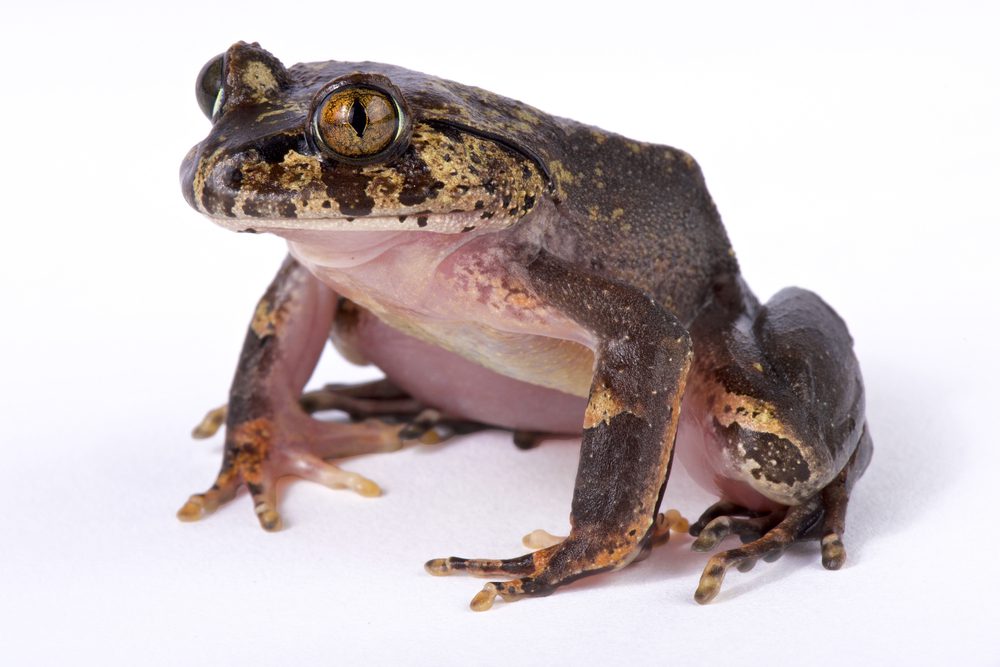
Hairy frog
- Life hack: they break their own bones to fight off prey, creating claws
The hairy frog, also known as the Trichobatrachus robustus, is a Central African species of frog in the family Arthroleptidae. When they are attacked by various predators, they will quickly contract their muscles, intentionally break the bones in their hind feet and push the bones out of their skin, creating some claws. Unlike true claws, the hairy frog’s claws are made of bone, and the formation of collagen in the frog’s bones allows these creatures to break the toe tips, not the whole legs.
According to animal experts, this is actually a defensive behavior and that the claws later retract gradually, while the damaged tissue is regenerated.
If you love animals just as much as we do, you’ll want to see all the fantastic stories our site has to offer. We highly recommend you also check out: 13 Animals Facts You Wish You Knew


